Sports watch purchasing advice: how to choose the right product
- What you need to know
- Sports watches are personal health and fitness assistants that store and evaluate different data about your body and sport performance.
- While competitive runners value accurate measurements vitals, casual joggers are usually content with a distance measurement.
- For swimming, a waterproof watch is particularly important; mountaineers and hikers, on the other hand, need a watch with a long battery life.
- For the watch to be able to determine body values accurately it must fit snugly on your wrist.
Analyze your training for success
Be it swimming, running, or jogging, for most of us, exercise is part of everyday life. For a lot of us, it is important to be able to keep an eye on our training schedules. This way, we can achieve the goals we set for ourselves more effectively. Sports watches are the right gadgets for this, as they help track and optimize performance.
What is a sports watch?
Sports watches provide an in-depth insight into your workout. Athletes and hobbyists can choose from a wealth of products – there will be one out there that suits your wants and needs. There are models with music and contact-free payment functions, professional heart rate monitors for trail runners, and running watches for hobby joggers. All these devices have one thing in common: they can record, store, and evaluate your performance data – think heart rate, total speed, step frequency, and altitude. Small sensors enable the documentation and analysis of these values. Some models also have additional features such as navigation, Wi-Fi, or Bluetooth.
What are the advantages of a sports watch?
As a digital training diary, a sports watch enables you to precisely analyze and evaluate your training, which lets plan your exercise accordingly. They can also provide a motivational boost: even just counting the number of steps you take each day can motivate you to surpass yourself or meet a daily goal. The calories burned, the kilometers covered, and miles swum can be viewed and documented using one of these devices. In other words, with a fitness watch, you can set your goals more clearly. Being able to access your performance metrics holds you accountable and helps you avoid slacking off. Whether you want to increase your muscle mass, burn calories, or do something for your mental health, a sports watch can offer valuable assistance.
WHO recommendation
The importance of exercise for physical fitness and disease prevention is emphasized by the World Health Organisation. The WHO recommends half an hour of exercise daily to stay healthy.
Last but not least, a sports watch can protect you from overtraining or overstraining. Since you can always keep an eye on stats like your pulse, sports watches help you to stay within the healthy range. Devices equiped with the necessary sensors also measure your heart rate and signal if it is too high or too low.
The most important sensors
Sensors on your watch record your vitals. They also document steps, distance, pace, and more.
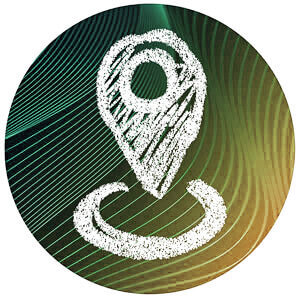
GPS receiver
The GPS receiver’s job is to determine your location. The sensor records your movements as well as your current position. Over longer periods of time the data your watch collects using GPS can be used to create detailed movement analysis.
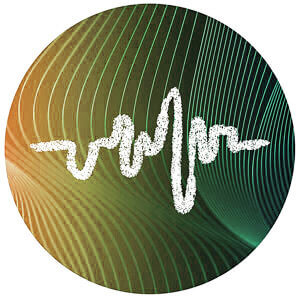
Bioelectric sensor
Bioelectric sensors analyze your overall body composition. The things they measure include muscle mass, body fat, and waterweight percentage. Bioelectric sensors work like a bathroom scale. A very weak current is released through the body, after which resistance is measured. Depending on the conductivity of the current, it is possible to draw conclusions about values such as body fat percentage or how much water you are storing in your muscles.
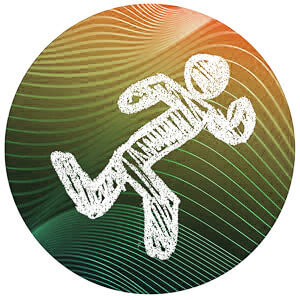
Motion sensor
This sensor calculates your speed and distance covered. Motion sensors can be divided into accelerometers and gyrometers. The former measure straight-line movement, while the latter record rotational movement. Both sensors work synchronously and deliver their respective data at the same time.

Barometric altimeter
Barometric altimeters measure air pressure. This is particularly interesting for hikers, mountaineers, and climbers. The you are above sea level, the more the air pressure drops. Sports watches with a barometric altimeter recognize these changes and give possible warnings when the air gets too thin.

Pulse oximeter
This sensor measures the oxygen saturation in your blood, also known as SpO2; the measuring principle is called pulse oximetry. In athletes who go over their limit and overexert themselves, the value drops – a sign of oxygen deficiency. To provide valid data, the watch must fit perfectly on your wrist. If the watch is too loose, the results are likely to be inaccurate.
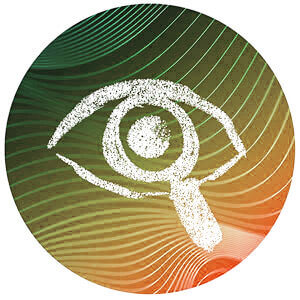
Optical heart rate sensor
For a sports watch to measure your pulse, it needs an optical sensor. This is usually located on the inside of the watch. The measurement is taken using light on your wrist: by transmitting and receiving certain light pulses, it is possible to determine the amount of blood under the skin. This information is sufficient to deduce your heart rate.
What should you look out for?
When buying a sports watch, you need to make sure that all important features and functions are available. Size and weight are also important factors. Since the watch will be on your wrist while you’re doing sports, it should be comfortable and nearly imperceptible so as to not hinder your performance or distract you. The design often determines whether the watch fits your wrist properly. In order to be able to use all the functions during sport, the display should be large enough and easy to operate. To ensure that your sports watch can accompany you throughout a long training session, long battery life and robust workmanship are recommended. Make sure that the watch is compatible with other devices so that you can transfer and evaluate your data.
The most important features and functions
No matter what type of athlete you are, sports watches are suitable for anyone who wants or needs to exercise. This includes:
- ambitious professional athletes who train several times a week,
- anyone who needs to stay fit for professional reasons, such as police officers, paramedics, and physical therapists therapists,
- recreational athletes who only exercise sporadically.
Sports watches help you to keep an eye on your performance and your body. The different functions of your sports watch depend not only on training frequency but also on the demands you place on your training. Some functions are considered standard, while others are additional features that you can do without.
The basic functions and features of a sports watch include heart rate measurement, GPS, and alarm function. Other particularly practical features include an integrated MP3 player and water resistance.
Heart rate measurement
Sports watches measure your pulse. If it is too high, you should slow down a little so that your pulse rate regulates itself. Thanks to the watch, you know whether you are still in the optimal training zone. A chest strap is not necessary for heart rate measurement; instead, the heart rate is measured on your wrist.
Location and navigation
GPS stands for Global Positioning System. It is a satellite-based positioning system for determining your location. Many sports watches come GPS. It allows you to precisely monitor and record your distance covered as well as your speed. Real-time satellite navigation is especially important for professional endurance athletes who want to log their performance curve.
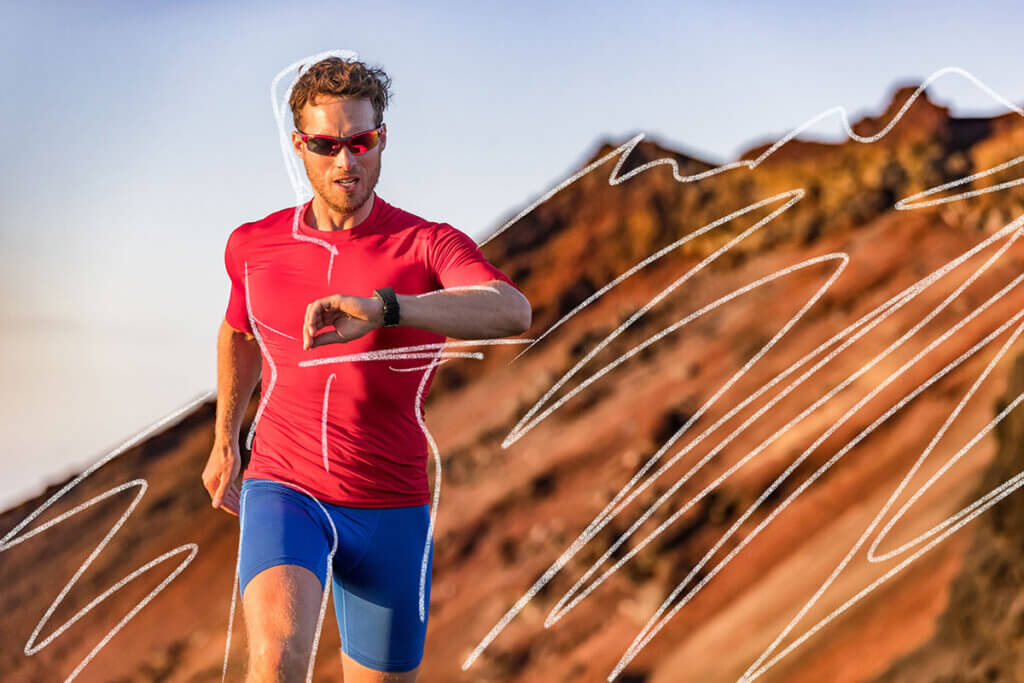
In addition, GPS offers various advantages outside of sports. It means your watch can serve as a simple activity tracker that records your movements in everyday life.
Alarm
High-performance sports watches have a variety of alarm functions. The device thus functions as a personal assistant that checks whether you have reached your defined goals or are straying from recommended levels. For example, many fitness watches alert you when you reach your set weekly goals. The watch can also notify you if your heart rate is extremely high, or even tell you you’ve got a text or a call. You can what you want your watch to notify you of, and what form this should take (e.g. tone or vibration).
MP3 player
Whether you’re hiking, lifting weights, or running, music can spur you on to peak performance. That’s why more and more manufacturers are producing sports watches with integrated MP3 players. This means you always have your favorite songs with you – no need to bring an additional MP3 player or smartphone along with you on a workout.
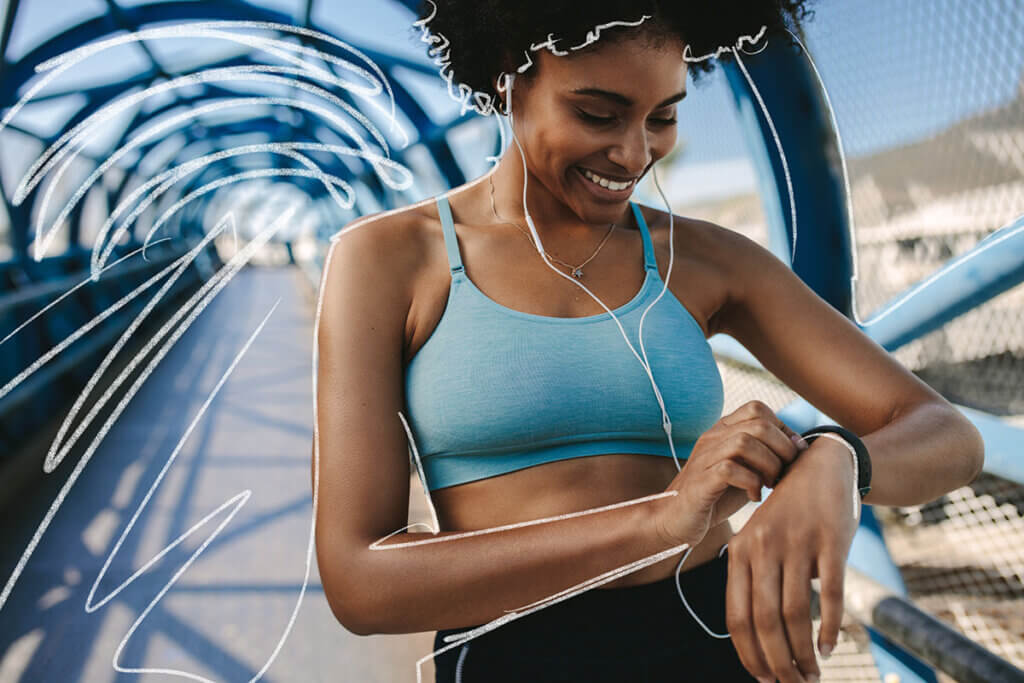
Water resistance
A lot of people want to use their sport watch while swimming. To be able to use a sports watch in water, it must be waterproof. Waterproof sports watches usually have special swimming features, such as recording SWOLF scores, a unit of measurement for swimming efficiency, which is calculated from the number of strokes per length and the time required.
Water resistance is indicated by an IP rating. This consists of two digits: the first describes the protection against foreign bodies such as dust as well as the shock stability, while the second number stands for water resistance.
| Code number | Protection against foreign bodies and impact | Protection against water |
| 0 | No protection | No protection |
| 1 | Protected against foreign bodies smaller than 50.0mm | Protection against dripping water |
| 2 | Protected against foreign bodies smaller than 12.5mm | Protection against spray water |
| 3 | Protected against foreign bodies smaller than 2.5m | Protection against splash water |
| 4 | Protected against foreign bodies smaller than 1mm | Protection against splash water with high pressure |
| 5 | Protected against dust in harmful quantities | Protection against water jets |
| 6 | Dust-tight | Protection against high-pressure water jets |
| 7 | – | Protected against temporary immersion |
| 8 | – | Protection against permanent immersion |
| 9 | – | Protection against high pressure and steam jet cleaning |
Sports watches designed for swimming usually have an IP68 rating. This means they are dustproof and resistant to continuous submersion.
Further buying tips
Apart from the aforementioned functions and features, you should also think about the hardware. In other words, case, battery, and display. In order for you to be able to make use of the functions at any time, the battery life should last for a long time. A sports watch that is compatible with other mobile devices makes evaluating data easy.
Battery
Battery life depends on which functions you use. If you regularly use the basic functions, such as heart rate measurement and GPS tracking, you can expect the battery to last three to four days. Some higher-priced models from Suunto, Garmin, or Polar offer a battery life of up to one month. These watches are aimed at outdoor athletes who are out and about for several days, for example hikers, mountain climbers, or cycling enthusiasts.
Tip for longer battery life
Only use the GPS function for sports and deactivate it afterwards. If you do not use the “always-on” mode with a permanently active display, you will also save energy.
Size and weight
Inconspicuous, compact sports watches that weigh between half an ounce and just over an ounce (15-35g) are hardly noticeable on the wrist. Sports watches with various extra features tend to be far bulkier and larger. It is not uncommon for these to weigh over two ounces (60g) – with a metal wristband, you’ll have a real heavyweight on your wrist weighing between 3.5 and 5 ounces (100-150g). The size of a sports watch usually also varies according to its range of functions. Case sizes commonly range from 1 x 1 inch (3x3cm) to 2 x 2 inches (5x5cm). Particularly slim watch cases are only 0.4 inches (10mm) thick, while other all-rounders can have twice this.
Display
If you just need to keep an eye on one thing on your watch, for example your current speed, a small display will be plenty. If you want to see several functions such as the time and your pulse at any time, a large display is recommended. Larger displays usually have a higher resolution to show all values clearly. The display resolution of sports watches is usually between 100 and 500 pixels.
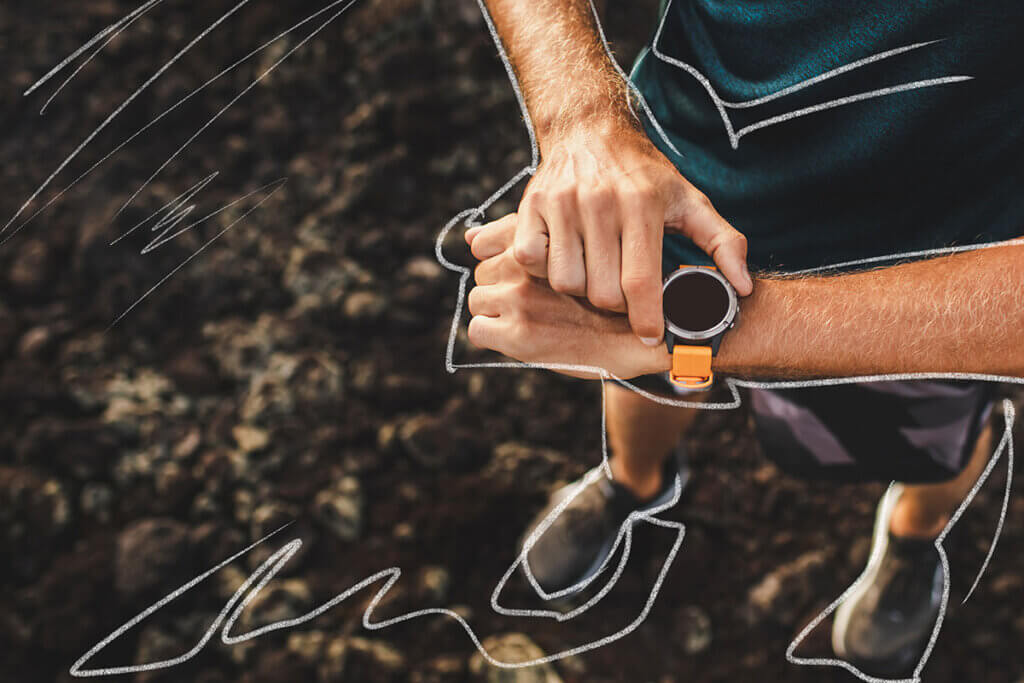
You can also choose between colorless and multi-colored displays. High-quality models with high-contrast displays make it possible to see the values at all times, even under strong, direct sunlight.
Compatibility
If you want to use a model with an app or save your readings, you should make sure the watch is compatible with your smartphone or tablet. Manufacturers usually provide the relevant information on the product page.
A useful extra
Some sports watches come with a chest strap. This helps to analyze your body even more precisely. For example, by measuring your heartbeat, you can create an electrocardiogram and adjust your personal training even better to your body’s needs. Chest straps measure data in real time. However, do not wear it too tightly or in the wrong place, otherwise it can cause discomfort and provide inaccurate measurements.
The different models
Not every sports watch is recommended for every sport. In addition, a passionate distance runner may have different needs than, say, a casual once-a-week runner.
Triathlon watches
These devices are aimed at experienced endurance athletes. Since triathletes cycle, swim, and run, triathlon watches have to withstand the special demands of all these sports. These models are among the most expensive sports watches. Good entry-level triathlon watches are rarely available for less than $200. High-quality brand-name devices can have a price tag of more than $800.
Suitable for
- Cycling, swimming, and running competitors
- Triathletes
- Athletes who expect highly professional, reliable performance data
Less suited for
- Amateur and occasional athletes
Running watches
Joggers need a reliable running watch for performance analysis. It allows them to monitor and improve their running style and performance. The most important functions of a running watch include the measuring and evaluating speed, distance covered, and heart rate throughout a run. High-performance running watches that reliably meet these requirements are available for around $100. For novice runners, a cheaper product may be worthwhile. Many hikers are also often happy about the GPS function. Simple fitness trackers usually cost less than $50.
Suitable for
- Leisure and occasional runners
- Hikers
- Cardio athletes
- Nordic walkers
Less suited for
- Professional runners
- Swimmers and cyclists
Fitness trackers
These sports watches are suitable for everyone who requires more motivation in the form of numbers and data. Fitness trackers take on the role of a personal trainer, reminding you of training times and checking whether you have reached your daily goals. A pedometer and sleep evaluation are among the essential features of fitness trackers. These devices often lack classic sports functions such as a stopwatch. Pulse monitoring is also not standard in all models. The price range of fitness trackers goes from $20 to about $200.
Suitable for
- General exercise and aerobics fans
- Gym goers
Less suited for
- Endurance athletes
- Professional runners, swimmers, and cyclists
The smartwatch
As useful and extremely smart assistants, smartwatches are an extension of the smartphone. Since most smartwatches also have basic sports functions, they are a combination of fitness tracker and smartphone. Some users see them as trendy status symbols and stylish fashion accessories. Among other things, they inform you about new emails, text messages, calls, and social media notifications. These devices directly connect to your smartphone via Bluetooth.
Suitable for
- Recreational athletes who do not want to do without their smartphone
- Athletes who value a fashionable accessory
Less suited for
- Triathletes and other professional athletes
- Amateur athletes
Images 1-6: © FinalCheck | Image 7: © Maridav / stock.adobe.com | Image 8: © Jacob Lund / stock.adobe.com | Image 9: © Oleg Breslavtsev / stock.adobe.com

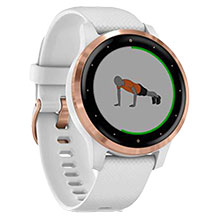
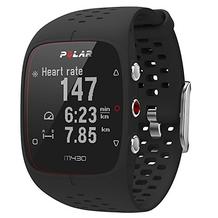
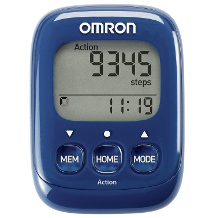
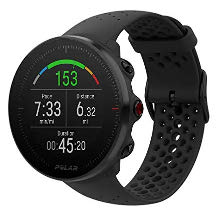
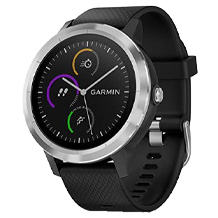
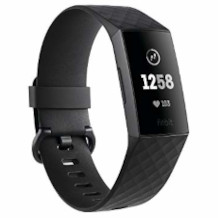
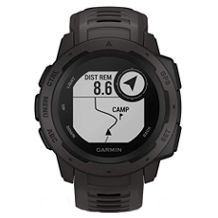
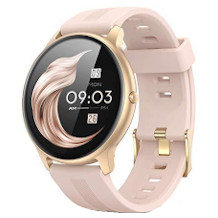








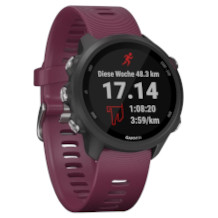

 32,546 reviews
32,546 reviews




